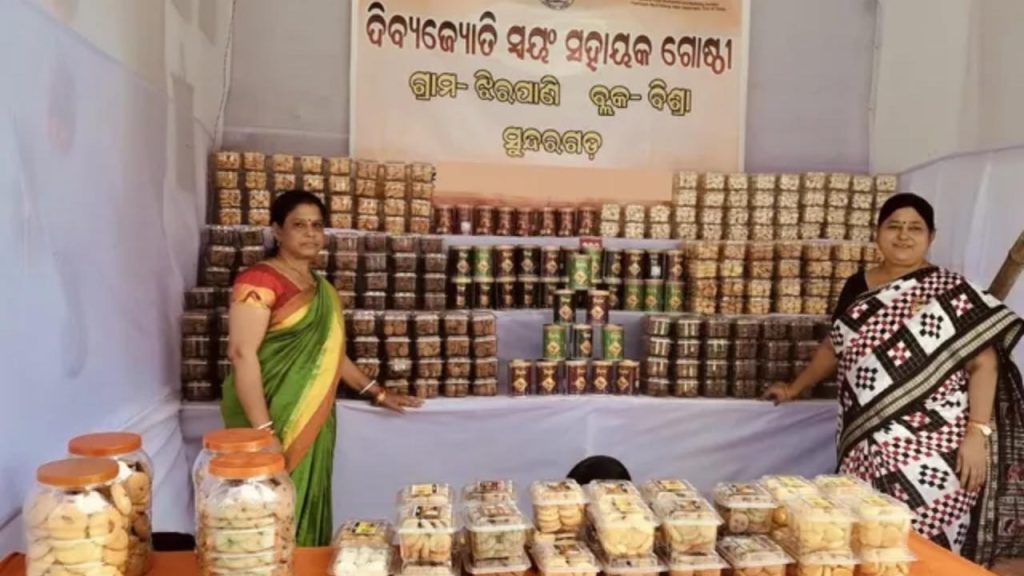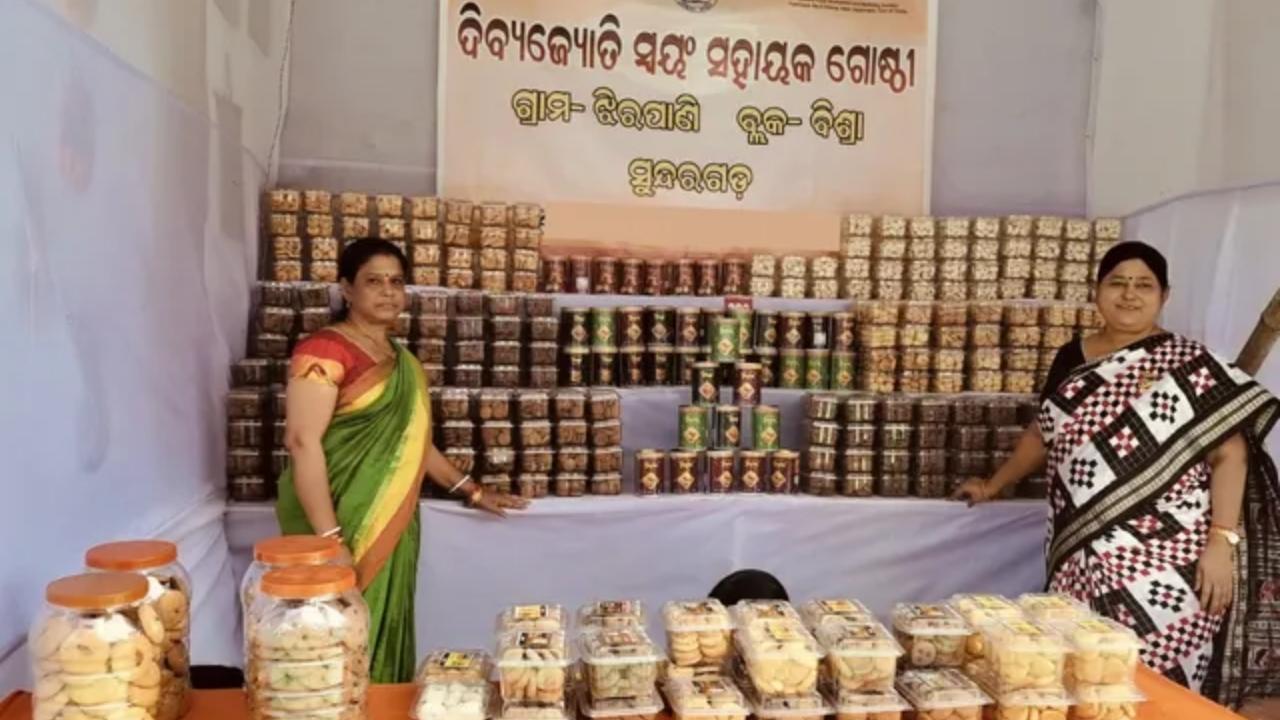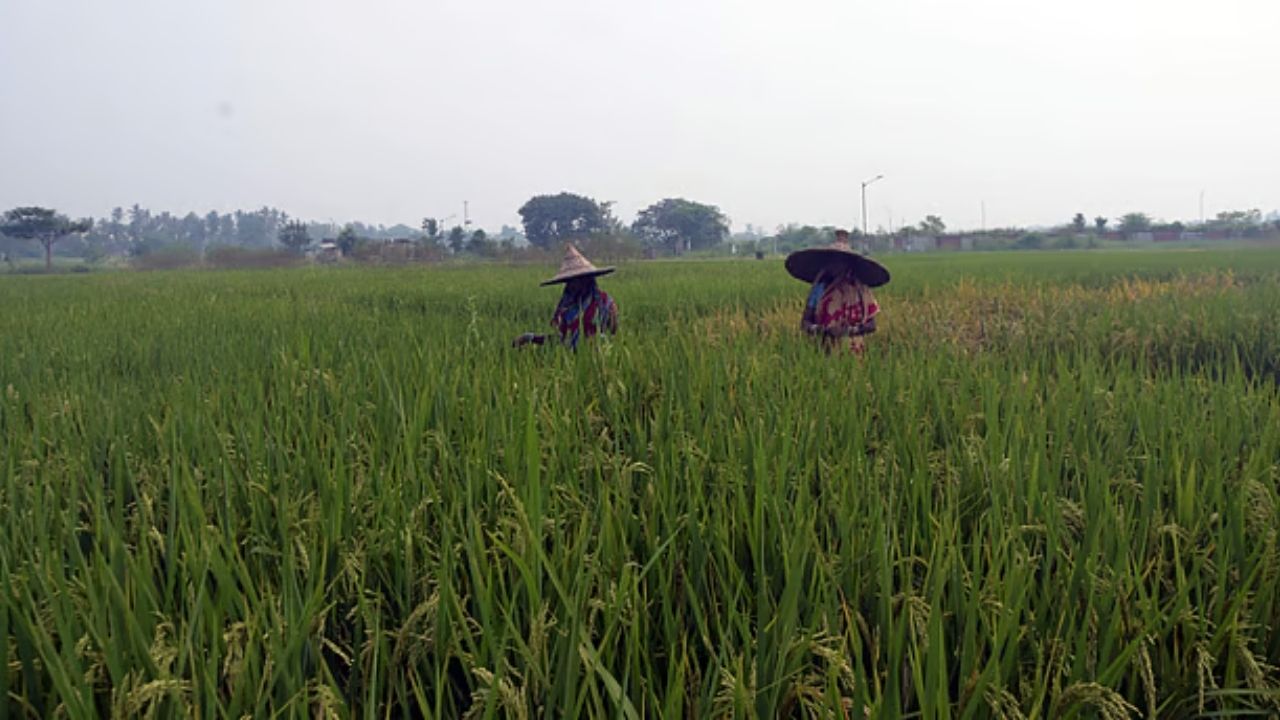Odisha’s Sundargarh district is on the brink of a food revolution. The region, long known for its agricultural diversity, is embracing an exciting new trend: millet-based bakery products. This initiative is not just about delicious cookies and cakes but is also a part of a larger effort to revitalize local agriculture, support sustainable farming practices, and promote healthier food choices. Let’s dive into how these millet-based bakery units are transforming the food scene in Sundargarh and why this could be a game-changer for both the region and the broader food industry.

Odisha’s Sundargarh to Transform the Food Scene
| Key Topic | Details |
|---|---|
| Location | Sundargarh, Odisha |
| Focus | Millet-based bakery products (cookies, cakes, snacks) |
| Key Initiative | Establishment of bakery units under the Shree Anna Abhiyan (SAA) |
| Impact | Empowerment of local women entrepreneurs, healthier food options, support for farmers, and economic development. |
| Technology | Bakery units are equipped with advanced machinery like gas ovens, planetary mixers, and cookie-cutting machines valued between ₹5-6 lakh each. |
| Key Stats | Over 3,000 farmers engaged, 12 bakery units established across Sundargarh district |
| Notable Example | Dibyajyoti SHG in Jhirpani village producing 43 varieties of millet snacks and generating ₹2 crore annual turnover |
| Related Initiative | Odisha Millets Mission, focused on improving productivity, market access, and the revival of traditional millet farming practices. |
For more details, you can check out the official New Indian Express article.
The millet-based bakery revolution in Sundargarh, Odisha, is a fantastic example of how food can be a vehicle for change. By promoting healthier eating, supporting local farmers, and empowering women entrepreneurs, this initiative is making a lasting impact on both the food industry and the local community.
As the world continues to face challenges like climate change and the need for sustainable agriculture, initiatives like these provide a hopeful path forward. Millet, once an underutilized crop, is now taking center stage in redefining what healthy, sustainable food looks like.
A Healthier Future, One Bakery at a Time
Imagine walking into a bakery and seeing the sweet smell of freshly baked cookies and cakes—only these aren’t just made with regular wheat flour. These treats are made from millet. Yes, millet, the ancient grain that has been part of human diets for centuries but is now making a major comeback. Thanks to Sundargarh’s new bakery units, millet is becoming the star ingredient in many delicious and healthy baked goods.
Sundargarh, located in the western part of Odisha, has launched an ambitious project to establish 12 bakery units across the district. These units are not just changing the way people eat; they’re helping to boost the local economy and support sustainable farming practices. The bakery products, which range from cookies to cakes, are made using millets, a crop that has been long neglected but is now being revived under the Odisha Millets Mission.
In this article, we’ll explore how these millet-based bakery units work, the impact they’re having on the local community, and how this initiative could reshape the future of food in Odisha and beyond.
Why Millet?
Before we get into the specifics of the bakery units, let’s first understand why millet is the hero in this story. Millets are a group of small-seeded grasses, and while they might not have the mainstream popularity of wheat or rice, they offer a host of health benefits.
- Rich in Nutrients: Millets are packed with fiber, protein, and essential vitamins. They’re also gluten-free, making them an excellent option for people with gluten sensitivities.
- Sustainable: Millets are hardy crops that require little water and can thrive in poor soil conditions. This makes them an ideal crop for regions that are facing climate change challenges.
- Cultural Significance: In many parts of India, millets were traditionally grown and consumed, but over time, they were replaced by more commercially grown crops like wheat and rice. This project helps bring millets back into the spotlight and supports local farmers.
Millets aren’t just a trend—they are a sustainable solution to many of today’s food security issues.
The Role of the Bakery Units
1. A New Beginning for Rural Entrepreneurship
One of the most exciting aspects of the Sundargarh millet bakery project is how it empowers women entrepreneurs. The bakery units are typically run by Self-Help Groups (SHGs), local groups of women who have come together to improve their livelihoods. These women are at the heart of the project, operating the bakeries, making millet-based products, and driving economic growth in their communities.
For example, the Dibyajyoti Self-Help Group (SHG), based in Jhirpani village, is a shining example of how this initiative is working. What started as a modest bakery project has now grown into a successful business producing over 43 varieties of millet-based snacks and cookies. The group now enjoys an annual turnover of ₹2 crore and has expanded its reach to cities across Odisha. Their products can be found at Millet Shakti Cafés and through the One Station One Product (OSOP) scheme at various railway stations.
2. Healthier Snacks for All
The focus on millet-based products isn’t just about supporting local farmers or creating job opportunities. It’s also about providing healthier alternatives to the usual sugary, calorie-laden snacks. Millets, with their high fiber content and low glycemic index, offer a healthier choice for people looking to maintain a balanced diet.
For example, the millet cookies produced by these bakeries are not only delicious but also nutritious, making them a perfect snack for people of all ages. Whether you’re a child looking for a sweet treat or an adult trying to stick to a healthy diet, millet-based snacks can be a perfect choice.
3. Boosting Local Agriculture and Sustainable Farming
The Odisha Millets Mission has played a crucial role in the revival of millet farming in the region. Over 3,000 farmers in 38 gram panchayats and 183 villages in Sundargarh and Jharsuguda districts are now growing millets as part of this mission. The initiative has not only promoted decentralized processing but has also improved agronomic practices, making millet farming more productive and sustainable.
This has a ripple effect on the local economy. By sourcing millets directly from farmers, the bakery units are helping to ensure that farmers receive fair prices for their crops while also promoting sustainable agriculture.
4. The Technology Behind the Bakeries
To ensure the bakery products meet high-quality standards, the bakery units are equipped with modern machinery such as gas ovens, planetary mixers, and cookie-cutting machines. These machines, valued between ₹5 lakh and ₹6 lakh, help produce large quantities of millet-based products quickly and efficiently. This combination of traditional ingredients and modern technology ensures that the products are both nutritious and commercially viable.
The Larger Impact: Economic Development and Community Empowerment
The success of these millet-based bakery units goes beyond just food production. This initiative is also driving economic development in rural Odisha, particularly by empowering women entrepreneurs. The women behind the bakery units not only gain financial independence but also contribute to the overall development of their communities.
Additionally, by promoting the use of millets, the project helps make the region’s food system more resilient in the face of climate change. Millets require less water to grow than rice or wheat, making them more suitable for areas experiencing water scarcity.
Odisha Bandh Brings Bhubaneswar-Cuttack to a Standstill – No Buses, Blocked Roads
New Developments Emerge as Crime Branch Investigates Odisha Woman’s Death
Transforming Odisha’s Rural Economy: A Strategic Agrarian Renewal Approach
FAQs
Q1: Why is millet considered a healthy food option?
Millet is rich in fiber, protein, and essential vitamins, and it is naturally gluten-free. This makes it a great alternative for people with gluten sensitivities and those looking to incorporate more whole grains into their diet.
Q2: How do I know if a product is millet-based?
Look for labels that mention millet or its various varieties like pearl millet, finger millet, or foxtail millet. Many of the bakery products from Sundargarh will prominently feature millet as a key ingredient.
Q3: How has the millet project impacted local farmers?
The Odisha Millets Mission has engaged thousands of farmers and improved their access to markets and resources. By sourcing millets directly from these farmers, the bakery units provide them with a reliable and fair market for their crops.
Q4: Can I find these millet products outside Odisha?
Yes! Thanks to the success of SHGs like Dibyajyoti SHG, millet products are being sold across Odisha and even at select locations in other states. You can also find them at Millet Shakti Cafés and through the One Station One Product (OSOP) scheme.





